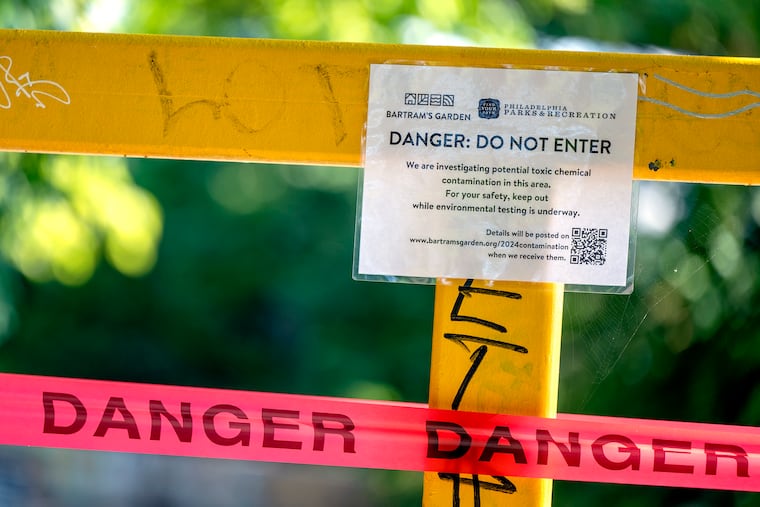PHA outlines .3 billion initiative aimed at preserving public housing.
The Philadelphia Housing Authority (PHA) is initiating a robust expansion and redevelopment initiative, marking its most ambitious undertaking since the 1960s. Over the next decade, the authority plans to invest approximately .3 billion into this strategy, which aims to overhaul its existing portfolio of 13,000 properties, construct 3,000 new housing units, and acquire 4,000 additional units from the private sector for conversion to affordable housing.
This plan, spearheaded by PHA President Kelvin Jeremiah, reflects an urgent response to Philadelphia’s ongoing housing crisis. Jeremiah emphasizes that the PHA cannot rely solely on new construction but must also preserve its existing properties. The rationale for this extensive effort comes amid concerns regarding a significant shortage of affordable housing, which currently leaves more than 100,000 individuals on waitlists.
The timing of PHA’s plans coincides with a challenging economic landscape characterized by elevated interest rates and soaring construction costs, influenced, in part, by the prevailing political climate and policy decisions from the federal government. With impending cuts to programs that have historically supported the PHA, such as Section 8 vouchers, stakeholders have raised questions about the agency’s ability to execute its initiatives effectively.
Despite these concerns, PHA officials remain committed to their ambitious goals, asserting that they will not alter their plans in light of potential federal funding reductions. Jeremiah has indicated that resources can be reallocated within the initiative to address any financial hurdles, potentially emphasizing the acquisition of private sector units if construction costs rise excessively.
As the PHA seeks to rehabilitate its current housing stock, significant disruptions are anticipated for existing residents, some of whom may need to relocate for extensive renovations. The authority aims to place displaced individuals within their existing network or provide them with Section 8 vouchers, yet challenges remain in effectively managing these relocations.
Jeremiah’s tenure since 2013 has seen the PHA distance itself from a troubled past marked by mismanagement and corruption. Current leadership prioritizes a commitment to maintaining a one-for-one replacement policy for any units that are demolished, ensuring tenants are given the option to return to rehabilitated sites.
Furthermore, adopting a proactive acquisition strategy of struggling private sector properties, PHA hopes to increase its housing stock without the lengthy bureaucratic delays typically associated with new construction projects. This approach is deemed a critical element in achieving the goal of returning to a total of 21,000 available units.
The broader implications of PHA’s plan resonate with a growing recognition of the systemic inadequacies in public housing funding across major urban centers. As cities like New York and Boston implement similar redevelopment initiatives, PHA’s efforts emerge as potentially transformative within the local landscape.
Supporters argue that PHA’s aggressive campaign represents a meaningful step towards addressing Philadelphia’s affordable housing crisis. However, skeptics express caution, raising concerns about the agency’s capacity to fulfill these ambitious objectives amidst persistent challenges.
As PHA’s redevelopment framework unfolds, the necessity of sustained collaboration with local officials and community stakeholders remains paramount, particularly as Mayor Cherelle Parker sets her sights on significant housing rehabilitation and construction goals throughout her administration.






